This story appears in VICE magazine’s Dystopia and Utopia Issue. Click HERE to subscribe.

When the Abasi Rosborough label first hit the New York menswear scene back in 2013, it seemed like it was run by fashion’s ultimate futurists. The brand’s namesakes, Greg Rosborough and Abdul Abasi, were dedicated to sparking the evolution of suiting from the tired conventions of the 19th century to something more modern. If the traditional suit was the rotary phone, they wanted to design the sartorial equivalent of the iPhone—a suit that is dynamic, responsive, and game-changing. To do this, Rosborough pulled from his background in competitive basketball and his familiarity with sportswear, while Abasi drew influence from his years as a sergeant in the US military and its utilitarian bomber jackets and cargo pants. Together, the FIT alums created designs that boasted classic European tailoring melded with modern ergonomic design and eclectic inspiration from Japanese kimonos to African ankara prints. Their vision is unmistakably forward-thinking, with each new collection functioning a bit like a software upgrade in which the approach is refined and new features are added.
Videos by VICE
But recently the brand’s relationship with the future has become complicated. Its Spring/Summer 2018 collection, entitled Hyperobject, featured some clothing with aerial images of melting glaciers, highlighting the adverse effects of climate change that have been especially fueled by polluters in the fashion industry. Then their debut runway show for Autumn/Winter 2018 took their critiques of where humans are headed one step further. Appropriately titled Utopia/Dystopia, the color-blocked collection of avant-garde staples was presented at New York Fashion Week: Men’s in February with beautifully haunting music performed by genre-defying singer-songwriter Kelela and Abdul’s brother Tosin, the metal guitarist of Animals as Leaders. As the cacophonous sound tapped into the dubiety of our times, the models walked the runway wearing “geometric facial recognition maps” on their faces—an explicit nod to the troubling and exciting adoption of that technology, just one more example of the devil’s bargain we’re forced to make between convenience and privacy.
The duality inherent in their new fashion range was a clear outgrowth of the special dialogue between Rosborough and Abasi. To get a better idea where the duo think their menswear and, most importantly, mankind is headed, we asked the designers to let us in on one of their conversations. They gave us a wide-reaching chat, touching on everything from cryptocurrencies and our disassociation from nature to how they developed their latest collection. Here’s what the designers had to say. —Wilbert L. Cooper
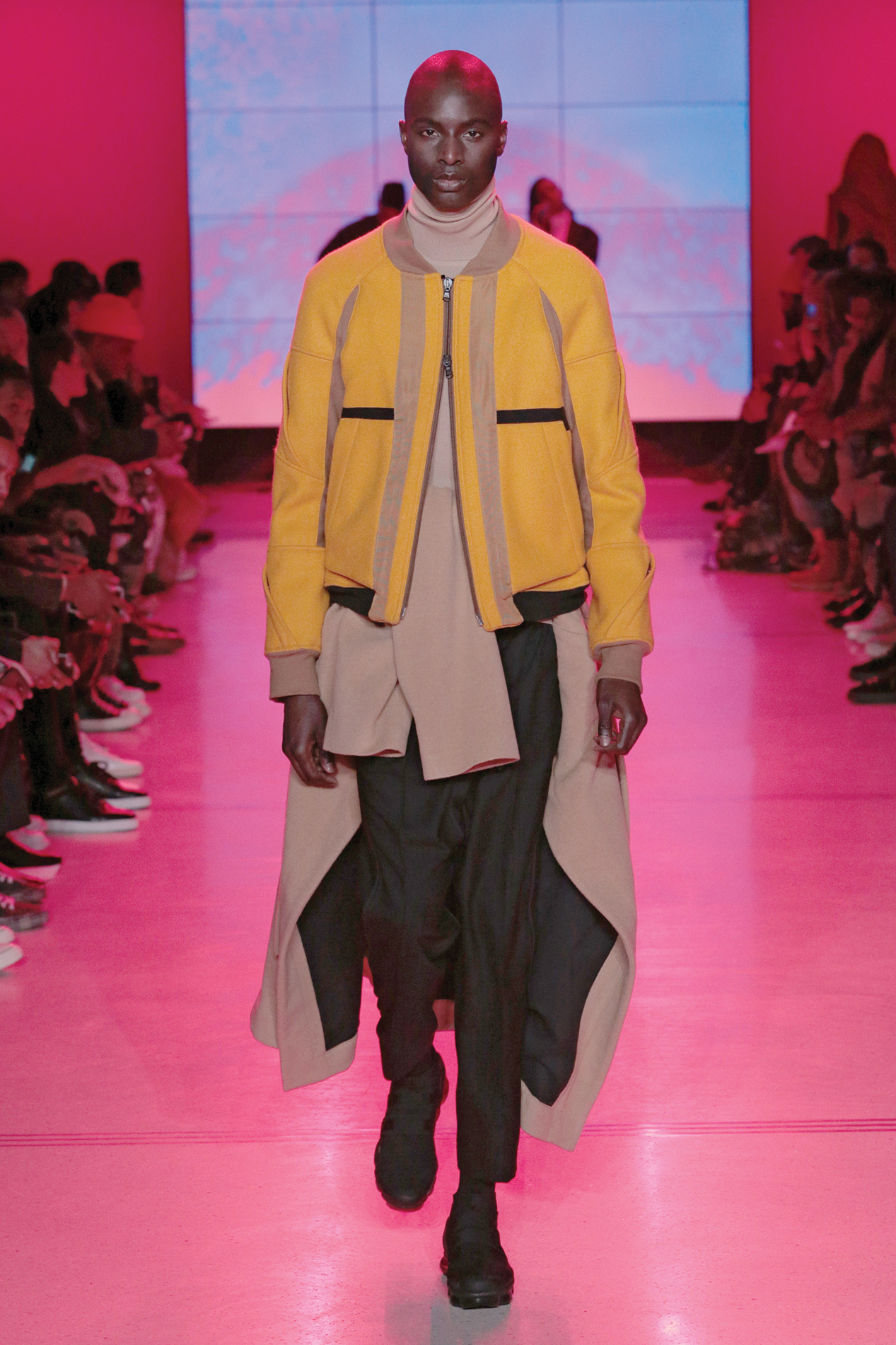
Greg Rosborough: It’s hard to talk about Autumn/Winter 2018 without touching on Spring/Summer 2018, because that was such a turning point for us.
Abdul Abasi: Yeah. We made SS2018 in collaboration with Justin Brice Guariglia, a photographer who partnered with NASA to take these photos of melting glaciers that really show how much Earth is impacted by climate change. That collection was so conceptual that it really got us thinking about bigger, more socially conscious themes.
But then it was like, How do you top that? I remember feeling this pressure of needing to outdo something as massive as climate change with Autumn/Winter 2018.
I remember thinking, What’s bigger than climate change? But we found some inspiration at the MOMA PS1 Art Book Fair. It was a red T-shirt with text in white Helvetica font. On the front it said utopia, and on the back it said dystopia. I think we both really appreciated the simplicity and what it implied. It was like two sides of the same coin. That was an interesting place to start.
Absolutely. There are so many different things that make life more convenient, but take away our ability to actually do anything. The iPhone was really on my mind when we were making Autumn/Winter 2018, because the X was released while we were designing.
At first it was nice to have a passcode on the iPhone. But then we got thumb scanning, which felt like it was heading a bit into the dystopian direction. We’re losing our anonymity. Our phones have our identities locked in. And now, they’re just doing straight-up facial recognition. I wonder what are we protecting in our phone that is so valuable and what we are giving up when we engage in these new features.
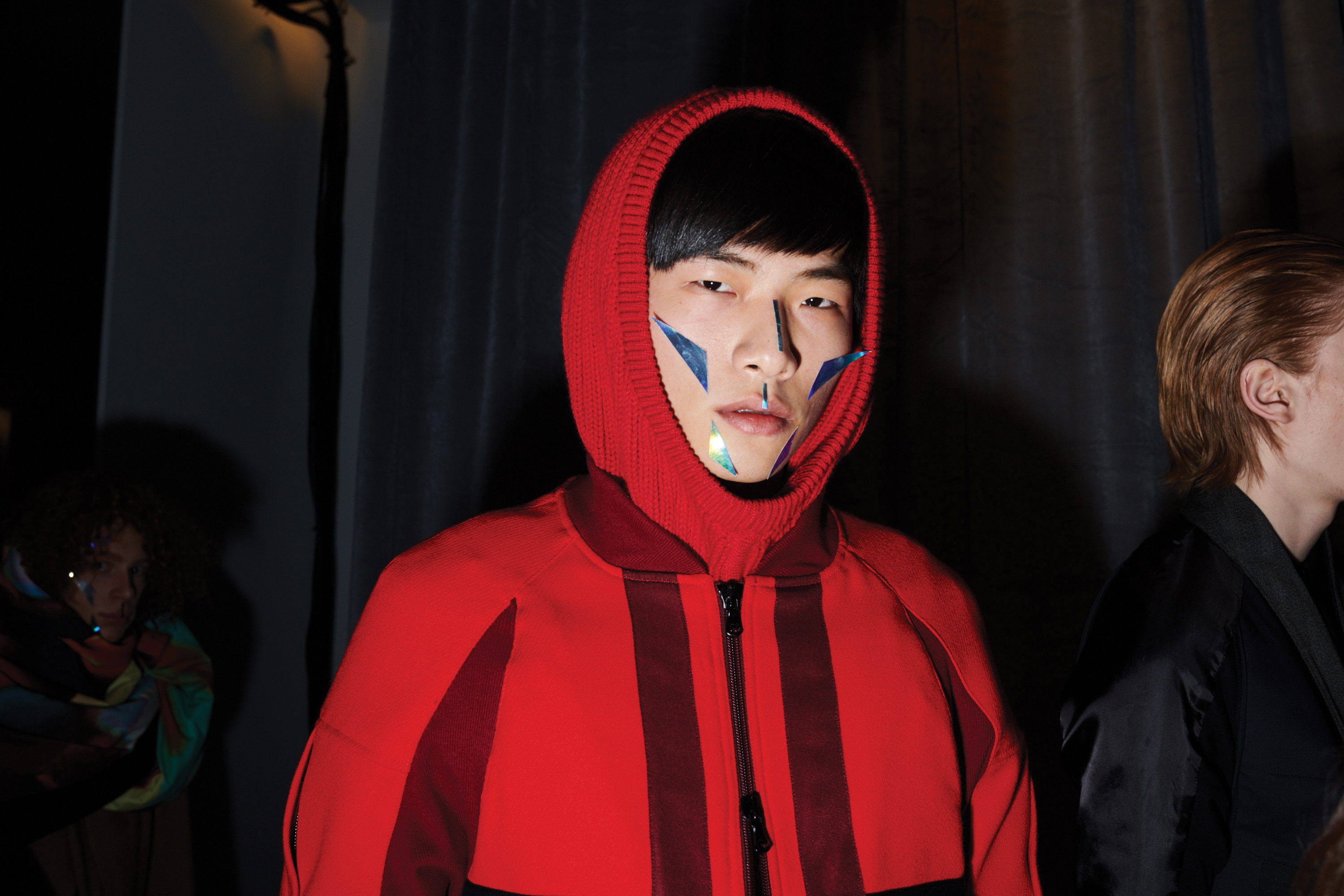
The facial recognition bit really came through in the geometric maps we presented on our model’s faces. It makes you think about how people might disguise themselves if they’re a dissident in a time when facial recognition is so widespread. Maybe masks like ours are how you’d avoid detection?
It’s going to be really hard to conceal ourselves in the future. When a computer measures our face, it’s making triangulation calculations that are all about how far our left eye is from the middle of our nose, for example. These calculations can identify everyone.
Where does all this information go? They have intimate knowledge of every crevice of our face, and that’s uploaded somewhere. It feels very Big Brother, but people accept it for the sake of convenience.
And whose fault is it? Like, do you blame the technology? The programmer? I wonder what will happen as this technology gets deeper and deeper inside of us. The original computers were gigantic—they took up a whole room. Then they were desktops, and then they were laptops. Now they’re on our phones. And next they’ll be inside our heads.
Besides the iPhone, another one of the things that influenced the collection was Blade Runner 2049. Jared Leto’s Niander Wallace character is clearly evil. But he wears the most utopian, Zen clothing. He’s always dressed in these simple and clean black-and-white kimonos. It was an interesting juxtaposition that showed that the Eastern-influenced design that we love can be both dark and menacing or cerebral and utopian.
At the end of the day, garments are just garments. But when they’re adopted by a certain person in a certain place, they embody their energy. Wallace is a reminder that clothing is just a vehicle for communication. With our work, we try to let the consumer or viewer make that choice.
I think that duality is there with military clothing, which has always been a big inspiration for us.
For sure. It just depends on what side you are on. When you dress a soldier and send him off to battle, if you perceive him as fighting for your rights or freedom, he probably looks pretty utopian. But if you see him as a terrorist or rebel, maybe he looks scary.
I can definitely see this duality in cryptocurrencies. We no longer have to use a central bank that charges us fees to retrieve our money or make transactions. It allows us to be free from regulation. Is this inherently bad? No. Is it inherently good? No. It’s just a tool. It’s how you use it. People talk about the nefarious ways that terrorists or drug smugglers use cryptocurrency, but what about all the money laundering and dirty money that already exists with our current, physical currency?
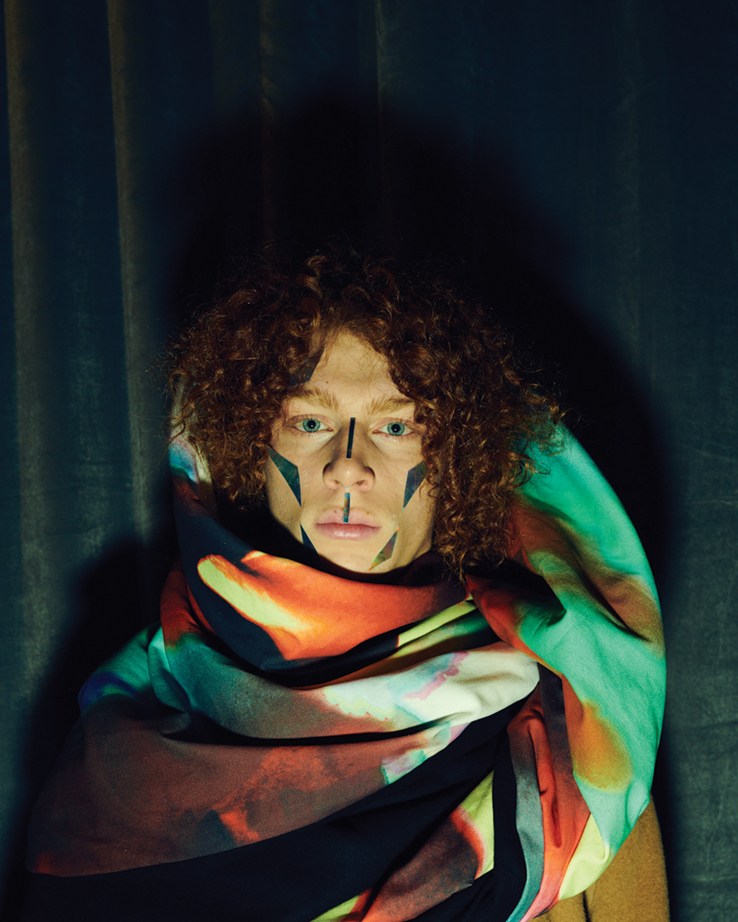
I do think some of these conveniences can be pretty dangerous. I was thinking about this the other day as I drove past cows in the country. They have a pretty convenient life provided to them: food to eat, shelter, medicine… all to fatten them up. But they don’t have any self-preservation instincts. We’re the same way. We’re safe, warm, happy. I don’t know who’s the butcher in this metaphor, but corporations certainly live off our inability to defend or think for ourselves. We just go along with everything.
Some might say the death of humanity was when we got settled down and started the agricultural revolution, because we stopped being hunter-gatherers and roaming the free world just to stay put and grow corn or whatever. It’s like these innovations and conveniences are removing us from the essence of nature.
Despite the dystopian vibes all around us, I do think you can create your own utopia. As an American small business, we try to do that as much as possible. With this collection, 80 percent of it was made with deadstock fabrics that are ten or 20 years old found at warehouses in New York City. We try to upcycle and make everything we can locally, so there’s less of a carbon footprint. And we do small-batch production so that there is nothing that ends up in a landfill at the end of the season. Nothing is left over.
Everything we’ve done has been about thinking about the whole life cycle of the garment. But we’re small fish in the big ocean of Zara or H&M.
The dialogue around clothes is fascinating. When people talk about “designer” clothing, they are often implying that the clothes are made in New York or London or Paris. But clothing made in your own country shouldn’t be out of your reach. There’s clearly some economies of scale that have worked out in salaries for people not to be able to afford clothing made in their own country. The stuff that is made cheaply in far-off countries and sold back to us for low prices should really be called “dystopian clothing,” because these corporate brands are basically leveraging someone else’s poverty to our advantage. It is really terrible.
If they had the same business practices as us, I think the world would benefit a lot. But money is the motive. When the big players don’t consider nature and future generations, it’s very difficult to imagine anything other than a dystopia. So we are left trying to create a utopia inside of a giant dystopia.
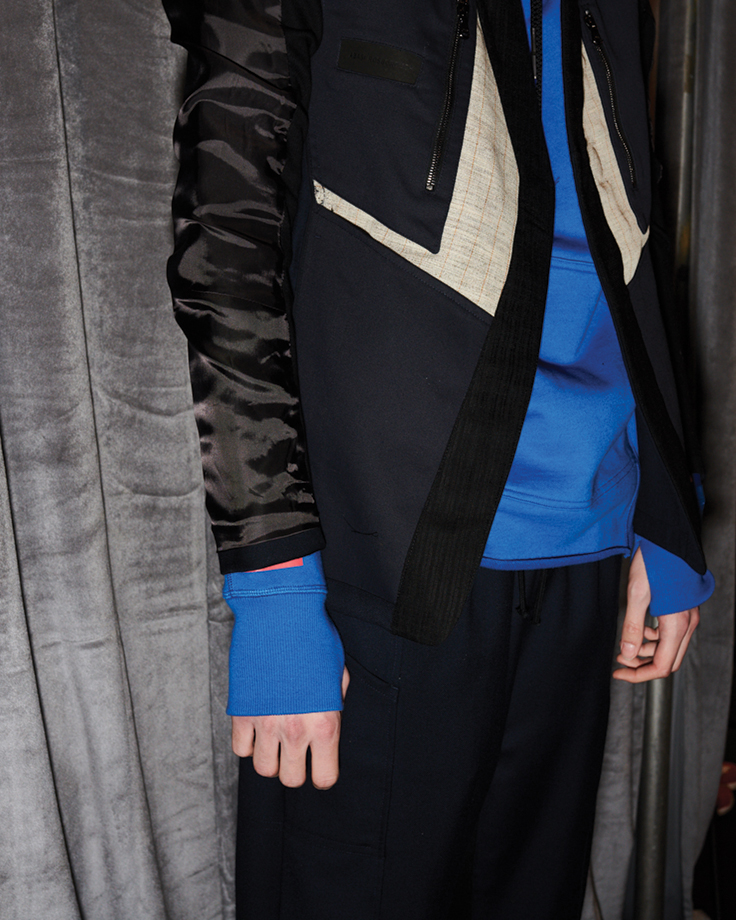
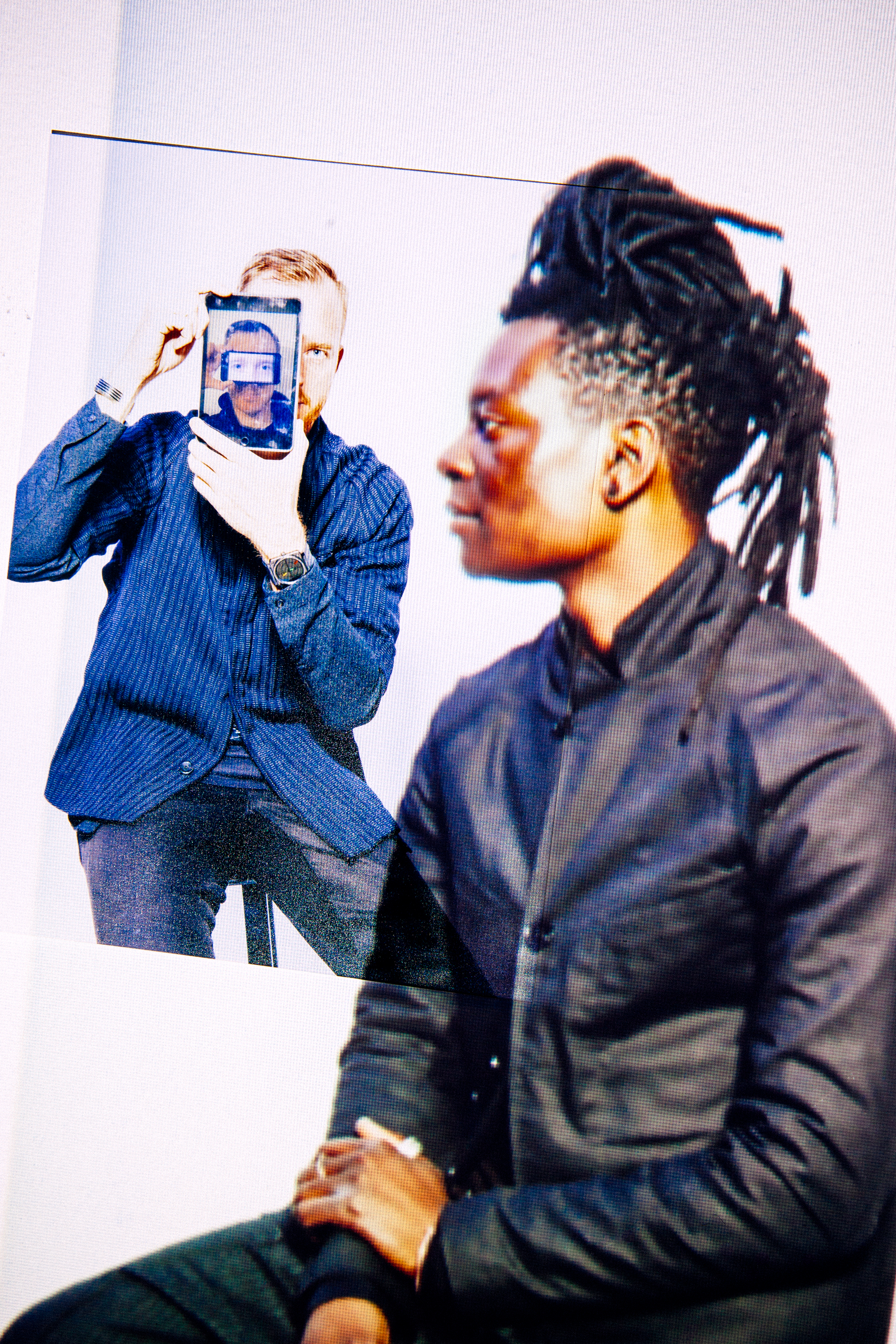
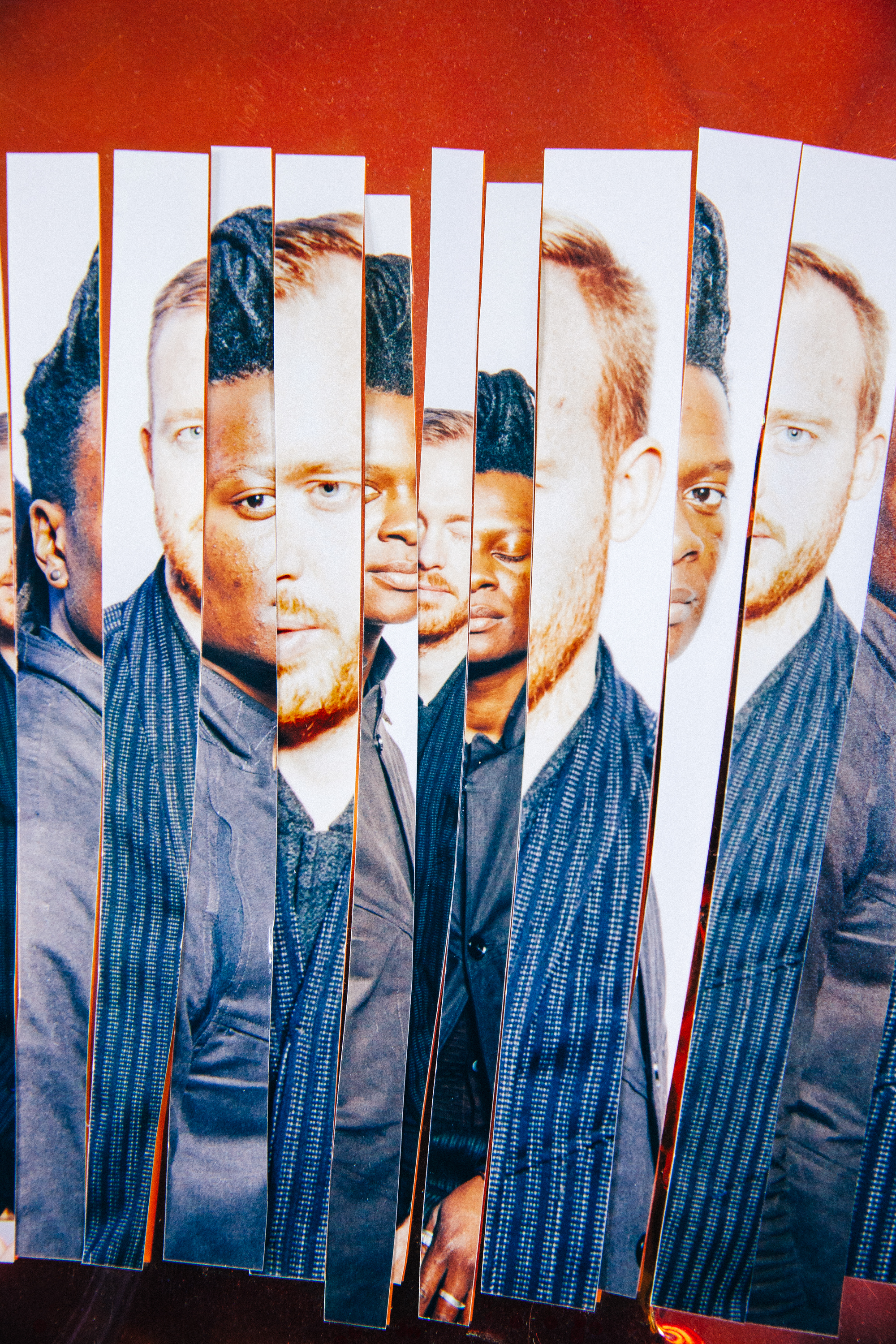
More
From VICE
-

WWE on YouTube -
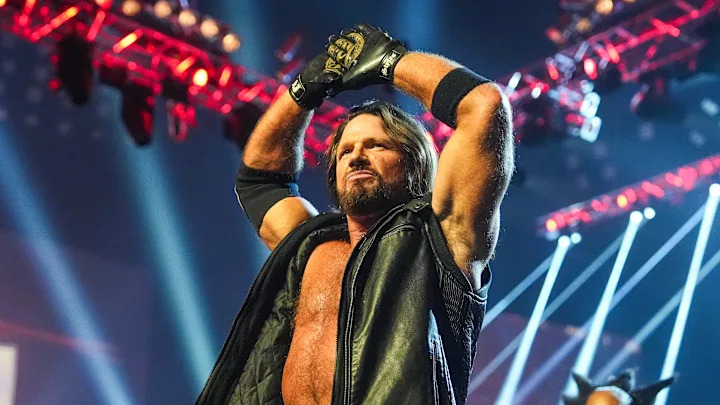
WWE -
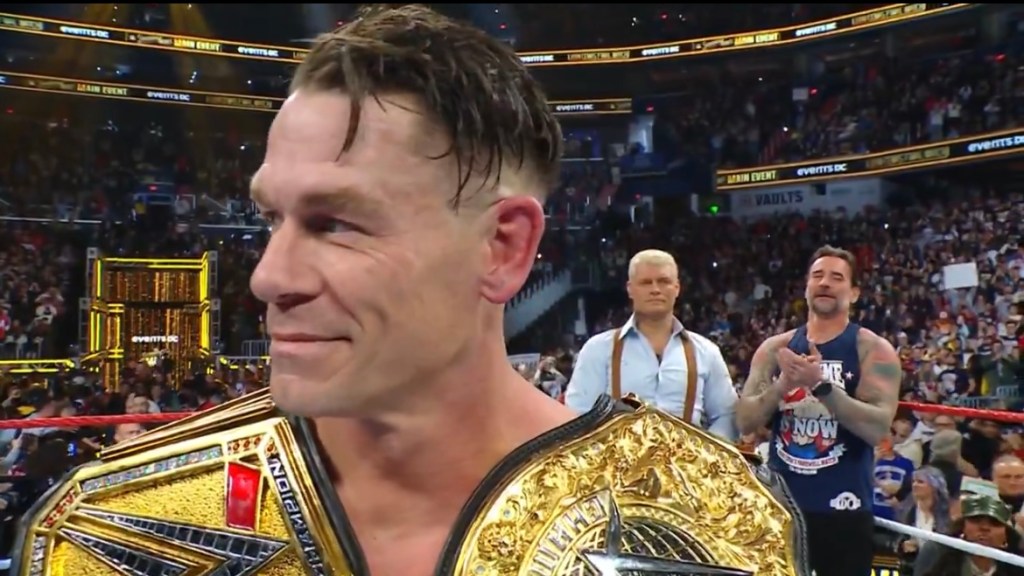
Screenshot: Peacock -

Screenshot: Star Wars
